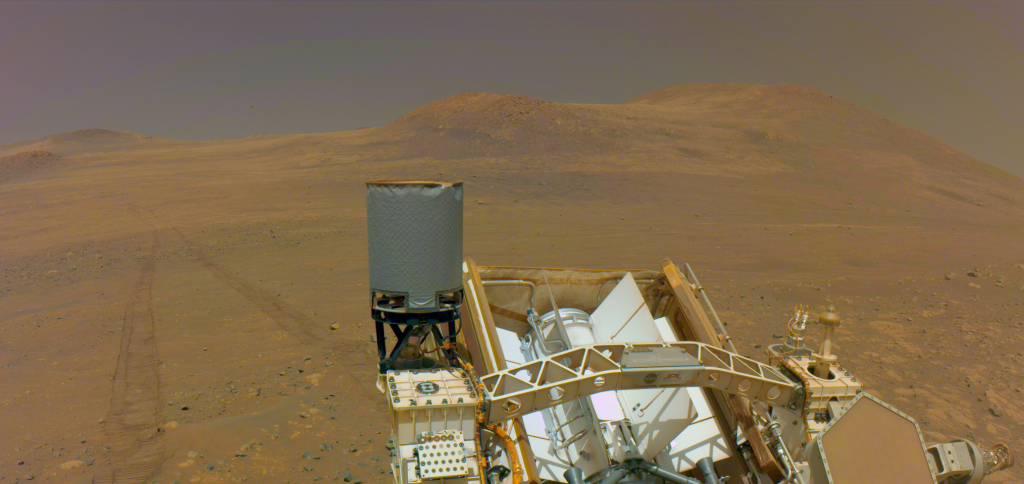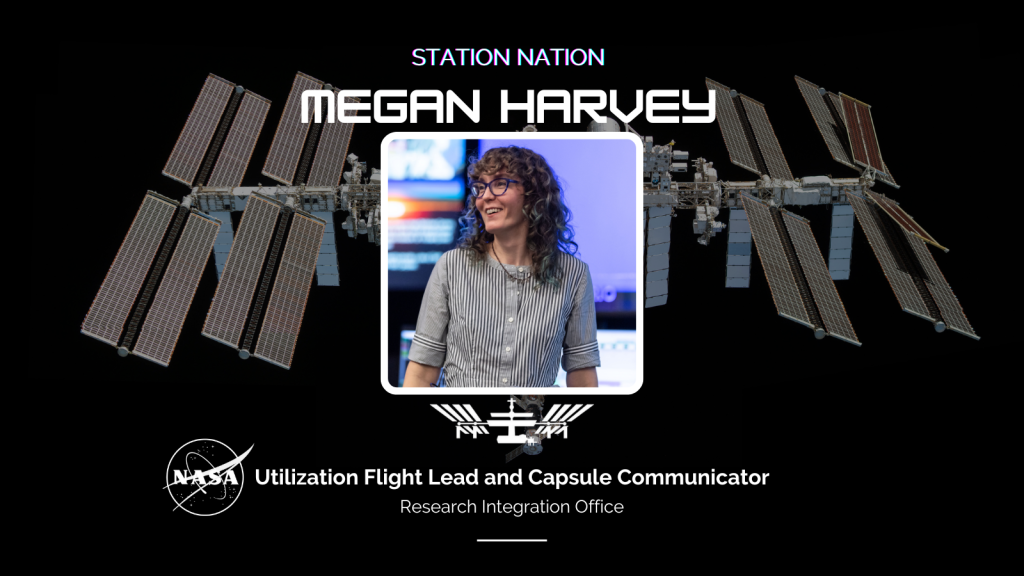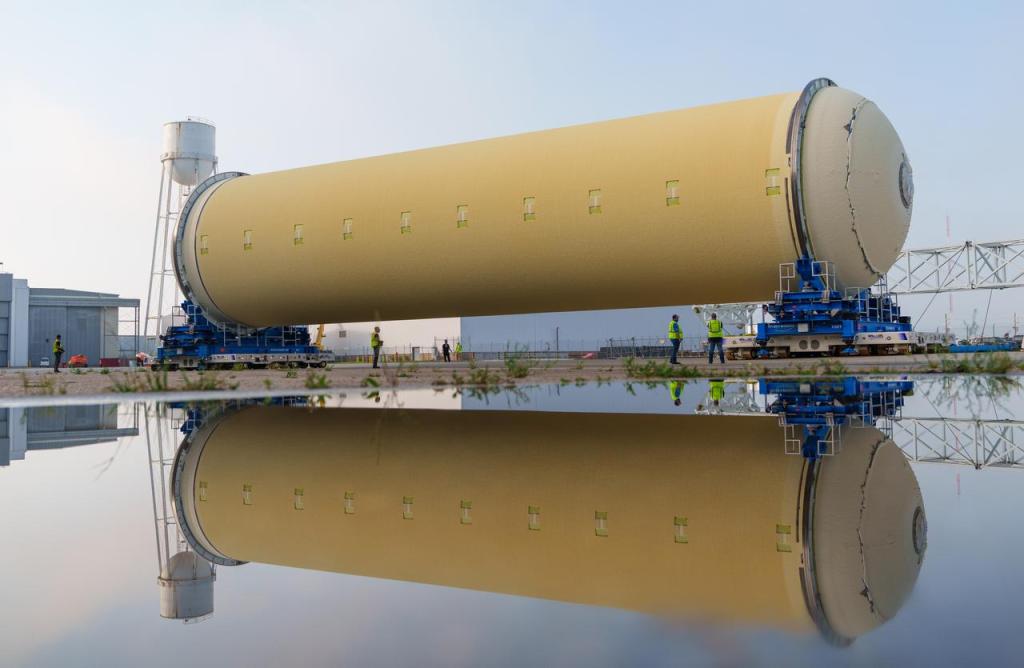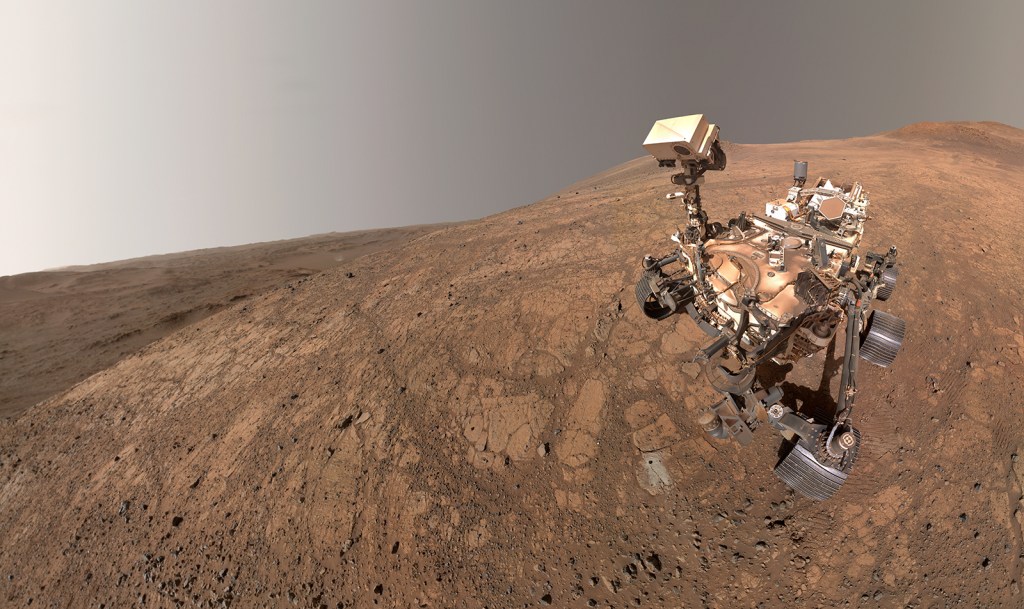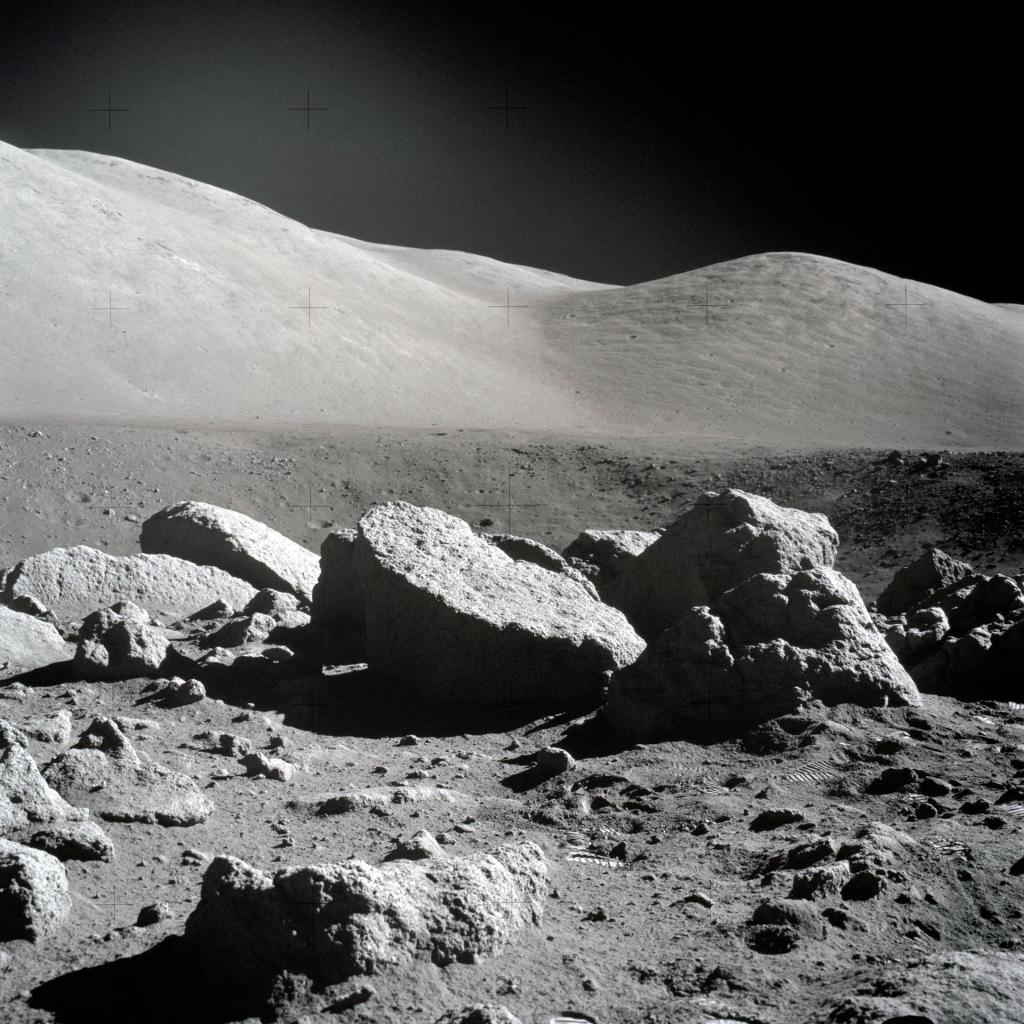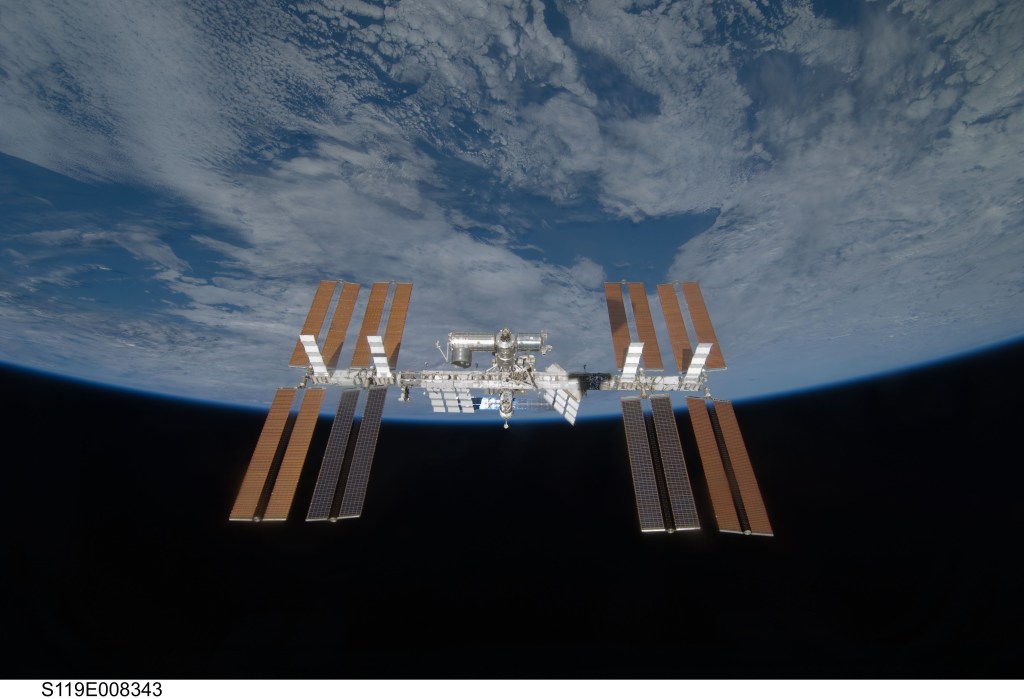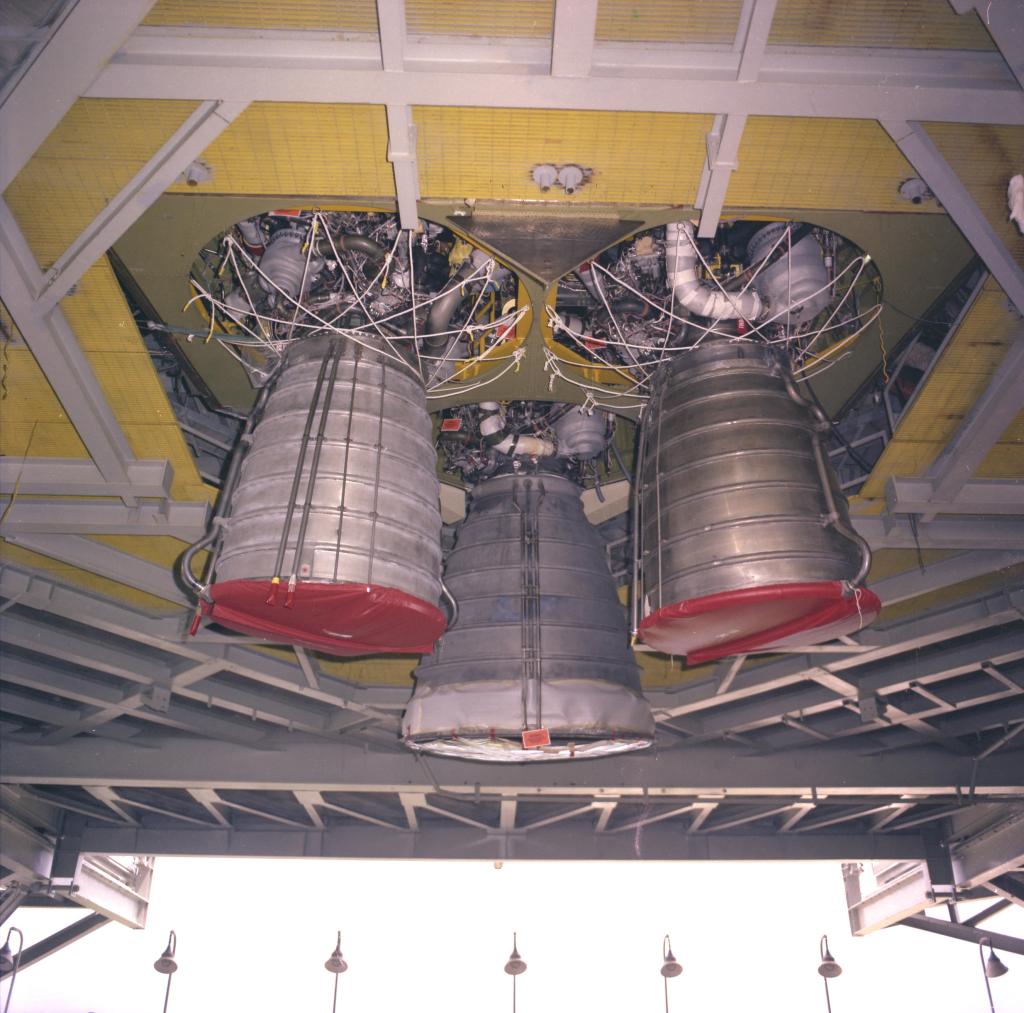NASA, along with its Artemis industry contract partners, acknowledged dozens of businesses in Southern California May 2-4 for their contributions to the successful launch of the Artemis I mission, and their continued support for future crewed Artemis missions.
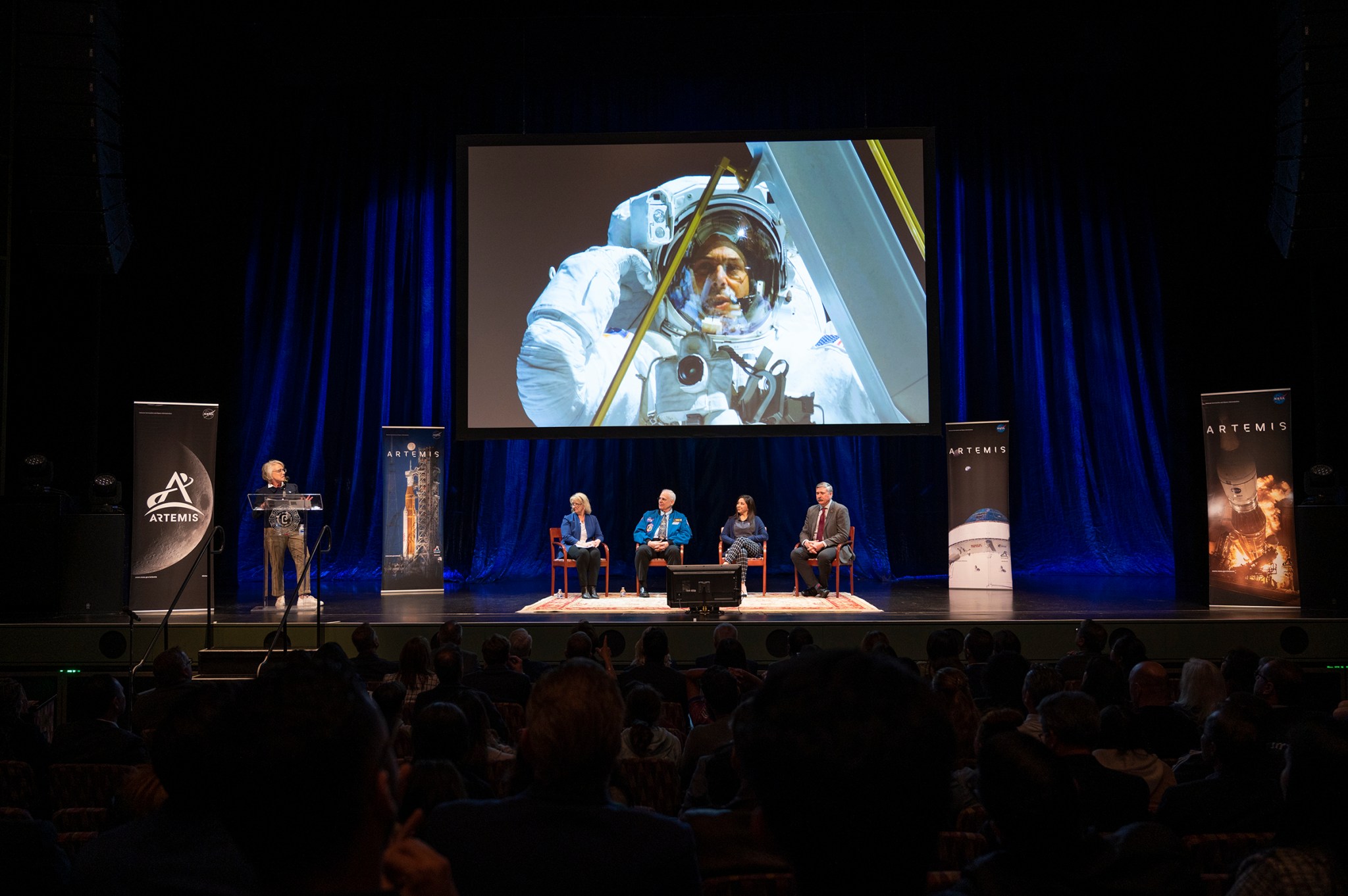
NASA, along with its Artemis industry contract partners, acknowledged dozens of businesses in Southern California May 2-4 for their contributions to the successful launch of the Artemis I mission, and their continued support for future crewed Artemis missions.
Each of the suppliers has played a role in manufacturing and producing key components for NASA’s SLS (Space Launch System) rocket and Orion spacecraft, including their propulsion systems and main structures.
Following the debut of SLS and Orion during Artemis I in 2022, NASA and its industry partners are preparing for the second flight test— Artemis II — during which four astronauts will lift off atop the SLS mega Moon rocket and check out Orion’s systems during a lunar flyby before returning to Earth.
“The momentum for Artemis has only just begun, and California is making it possible,” said Jim Free, associate administrator for Exploration Systems Development at NASA Headquarters. “From launch to orbit to recovery, men and women across California can say their skills and expertise are enabling Artemis at every point as we work to send astronauts to explore a new region of the Moon and prepare for even more ambitious missions to Mars.”
SLS and Orion are part of the backbone for NASA’s deep space exploration goals under Artemis with businesses in all 50 states contributing to their production. With more than 500 companies and 16,000 people, more people in California work on Artemis than any other state.
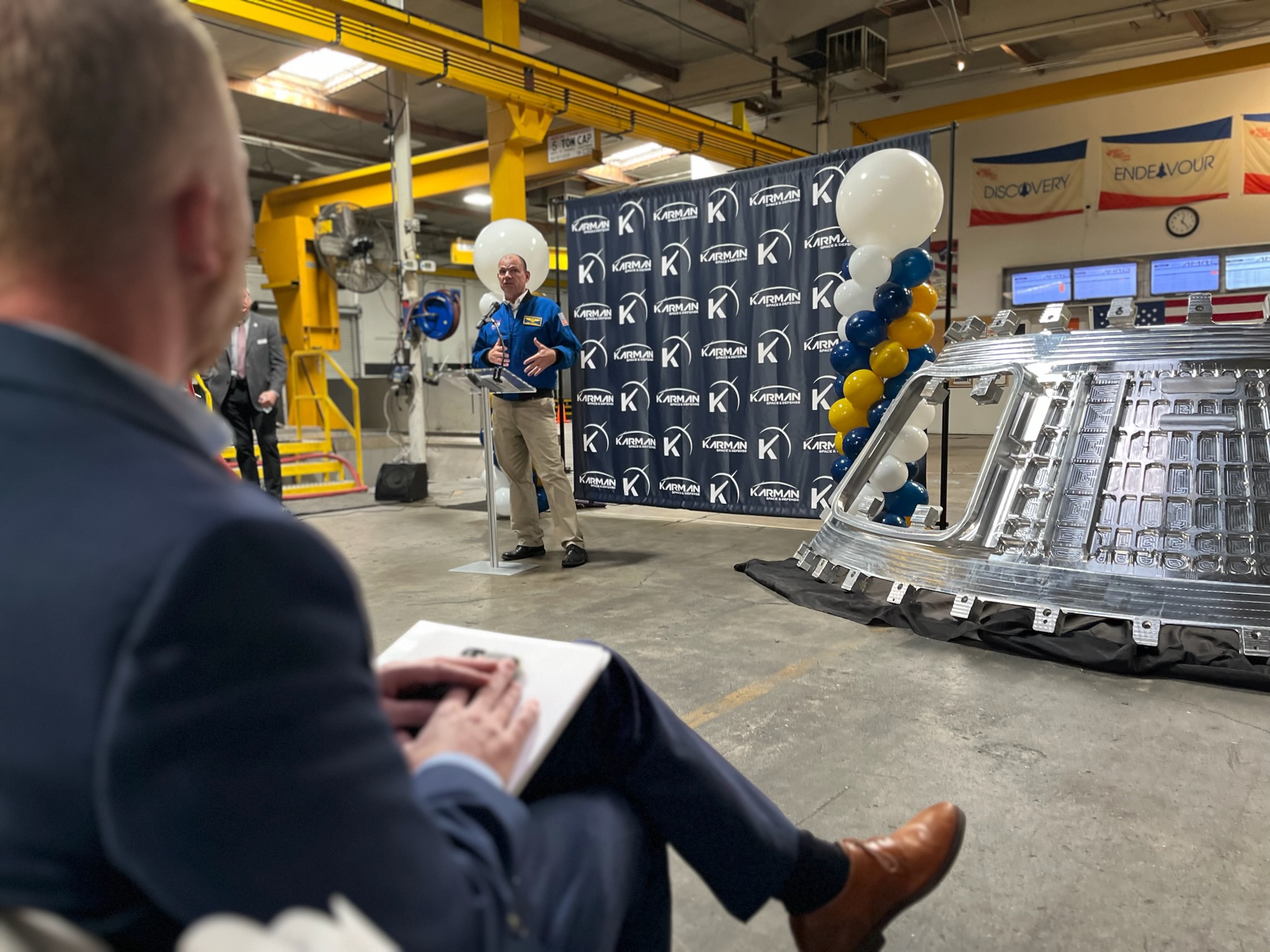
Over the course of the three-day visit in the Golden State, NASA managers and NASA astronaut Lee Morin, along with managers from lead contracting partners Aerojet Rocketdyne, Boeing, Jacobs, Lockheed Martin, and Northrop Grumman, toured nine facilities and met with members of the workforce.
- Aerojet Rocketdyne in Canoga Park is the lead engines contractor for the SLS rocket. Its California facility managed upgrading and testing the 16 RS-25 engines remaining from NASA’s Space Shuttle Program to power the first four Artemis flights and is currently manufacturing 24 new RS-25 engines for SLS flights beginning with Artemis V.
- AMRO, Karman Space and Defense in South El Monte provides machining and welding services for multiple Artemis elements, including the primary structures for the SLS core stage, the Orion crew module, the launch abort system, and the forward skirt for future SLS solid rocket boosters.
- Beranek, LLC Precision Machining in Torrance is a small business that manufactures components for SLS.
- Kirkhill, Inc. in Santa Fe Springs manufactures an erosion-resistant rubber insulation that is applied at critical areas along SLS, including its solid rocket boosters and the launch abort system, to protect hardware from weather and extreme temperatures during launch and flight.
- LeFiell Manufacturing Company in Brea has nearly 9.2 miles of metallic tubing on the initial configuration of the SLS rocket, known as Block 1.
- Precision Aerospace in Rancho Cucamonga chemically mills several components for the RS-25 engines that help power the SLS rocket. At its one-of-a-kind chemical milling facility, each nozzle jacket for the RS-25 engine is milled down to its final thickness equal to about three sheets of paper.
- Precision Tube Bending in Santa Fe Springs manufactures custom bended tubes on all dry volumes, propellant tanks, system tunnel, and other specialty components on the SLS core stage as well as the tubing for each of the four RS-25 engines on SLS.
- VACCO Industries in El Monte manufactures specialty valves for the core stage’s two liquid propellant tanks as well as pre-valves, advanced cryogenic fluid control products, and quick disconnects.
- Votaw Precision Technologies in Santa Fe Springs specializes in producing large metal parts the SLS flight hardware. For Artemis I, it also fabricated the Orion crew module barrels.
An additional 21 businesses were recognized at a community event May 3 in Cerritos for their contributions to Artemis. The businesses provide welding and 3D engineering services, software development, security and safety services, as well as specialty small parts fabrication like valves, harnesses, clamps, batteries, and cables to support Artemis.
California is home to three NASA centers: Ames Research Center in Silicon Valley, Armstrong Flight Research Center at Edwards Air Force Base, and Jet Propulsion Laboratory in Pasadena.
California had more than $15 billion in aerospace and defense exports in 2021. Additionally, Southern California native and NASA astronaut Victor Glover will serve as the pilot for the Artemis II mission.
With Artemis, NASA will land the first woman and the first person of color on the lunar surface and establish long-term exploration for scientific discovery and to prepare for human missions to Mars. SLS and NASA’s Orion spacecraft, along with the human landing system and the Gateway in orbit around the Moon, are NASA’s foundation for deep space exploration.
For more on Artemis visit:
Corinne Edmiston
Marshall Space Flight Center, Huntsville, Ala.
256.544.0034
corinne.m.edmiston@nasa.gov


